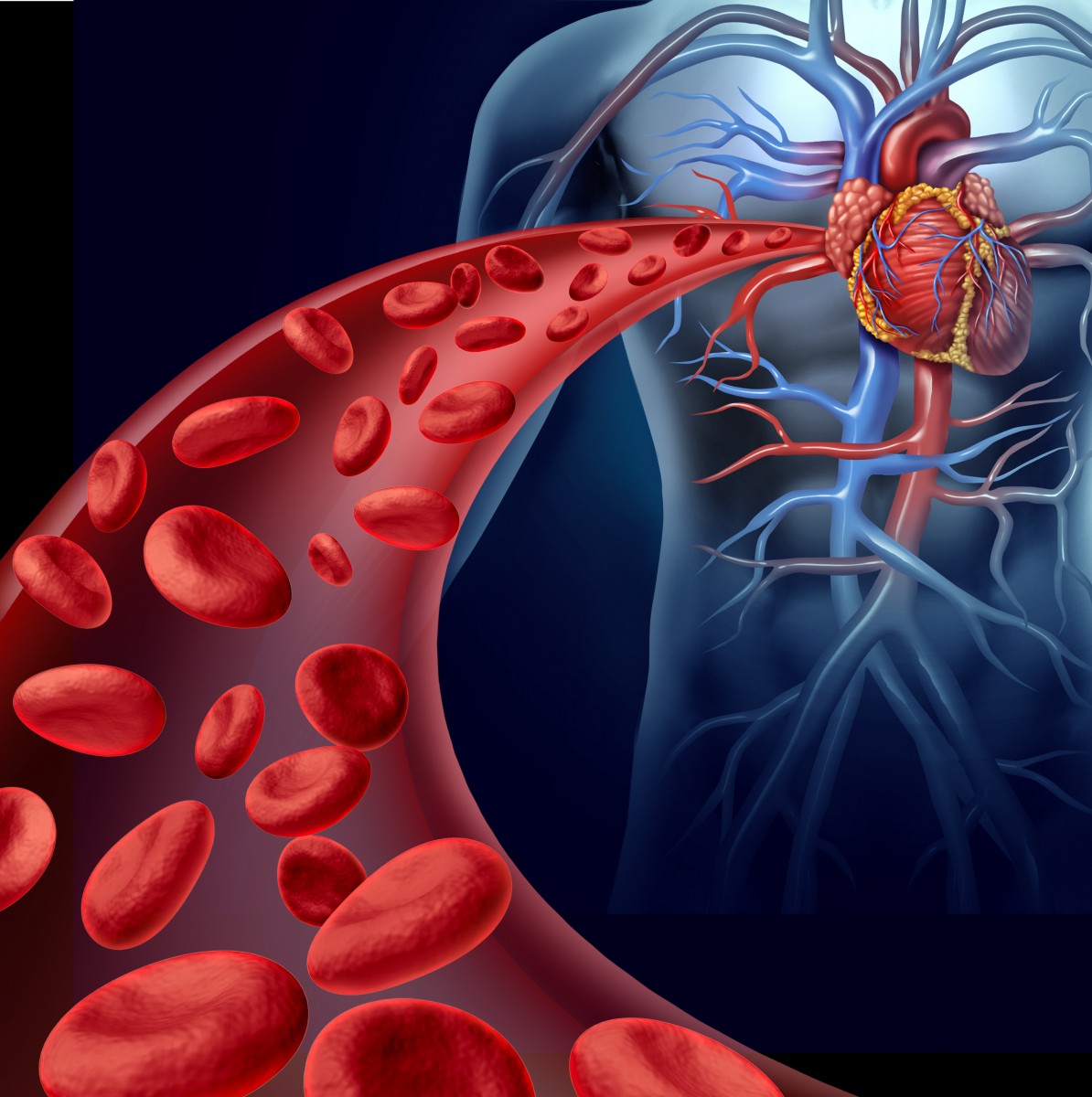Portable, Easy-to-use Gazelle Device Can Diagnose SCD in 15 Minutes

Lightspring/Shutterstock
A point-of-care, low-cost device called Gazelle — that’s both portable and easy to use — can accurately diagnose sickle cell disease (SCD) in less than 15 minutes, according to a study done in India.
As noted by researchers, this device has the potential to be adopted as a screening tool for SCD in developing countries where the disease burden is high and resources are limited.
“At least 15% of all newborns with sickle cell disease are from India, and it is estimated that 20% of Indian children with sickle cell disease die from related illnesses before reaching their second birthday,” Shanmugam Rajasubramaniam, PhD, of India’s National Institute of Research in Tribal Health and the study’s co-author, said in a press release.
“Early diagnosis could start these children on life-saving therapies, but only a few public health facilities for diagnosis of sickle cell disease and patient care exist. A device like Gazelle that can be taken to remote areas could expand patient care significantly and save many lives,” Rajasubramaniam said.
The study, “Evaluation of Microchip-Based Point-Of-Care Device “Gazelle” for Diagnosis of Sickle Cell Disease in India,” was published in the journal Frontiers in Medicine. It was supported by Hemex Health, the company that makes the Gazelle device.
Diagnosing SCD historically has required taking a sample from a patient, then sending it to a lab for analysis. Gazelle is basically an automatic miniaturized version of a classic lab test called electrophoresis, which allows proteins and other molecules to be separated based on their size and electrical charge. It’s designed to require minimal expertise to use, and to give results in just a matter of minutes.
“The short test time allows testing while the patient waits to ensure that test results reach the patient and clinical intervention, if needed, can start immediately,” the researchers wrote.
In the study, scientists compared the diagnostic accuracy of the Gazelle device to two established laboratory tests used to diagnose SCD: high-performance liquid chromatography (HPLC) and hemoglobin electrophoresis.
The team used these three tests to analyze 960 blood samples from participants seen at a sickle cell clinic at Late Baliram Kashyap Medical College, in India. Notably, most of these samples were from the Scheduled Tribes, the Scheduled Castes, and Other Backward Class communities — three ethnic groups in India with a high prevalence of SCD and history of socioeconomic disadvantage.
According to all three tests, 65 samples were positive for sickle cell anemia, the most common and often the most severe form of SCD. There were two false-positives given by Gazelle, in which patients with another blood disease, called beta thalassemia, were misidentified as having SCD.
“Two Beta thalassemia major subjects were incorrectly identified as [having SCD] by Gazelle which is a limitation of the present algorithm, but its capacity to identify Beta thalassemia as ‘disease’ is useful,” the researchers wrote.
“Gazelle yielded an overall high accuracy (99.0%) compared to reference standard tests (HPLC and hemoglobin electrophoresis). Notably, all subjects with SCD were identified with Gazelle,” the team wrote.
The system also showed similarly high accuracy for identifying sickle cell trait — when a person does not have SCD, but carries one copy of the mutated gene that causes the disease.
Gazelle’s sensitivity and specificity at identifying SCD and sickle cell trait were both greater than 98%. Sensitivity is a test’s ability to correctly identify individuals with a certain condition, while specificity is its ability to accurately identify people without that condition.
Findings from the study also supported the speed and utility of Gazelle.
“On an average it took about 13 [minutes] from drawing of blood sample to completing the run on Gazelle,” the researchers wrote, adding that this point-of-care test “eliminates the need for a laboratory.”
“Gazelle’s low cost, need for minimal training, portability, and fast test turnaround time makes it ideally suited for low-resource settings, wherein Gazelle can facilitate quick diagnosis and early clinical management of hemoglobin disorders,” the researchers wrote.
Hemex’s scientists said the device was developed based on feedback from healthcare workers serving in places without access to medical centers or indeed, many basic resources.
“Clinicians in remote low resource locations told us what was needed, and we listened,” said Patti White, Hemex’s co-founder and CEO. “We made [Gazelle] fast and easy-to-use with minimal training, and rugged enough for the hot and humid conditions that one often finds in the field.”








